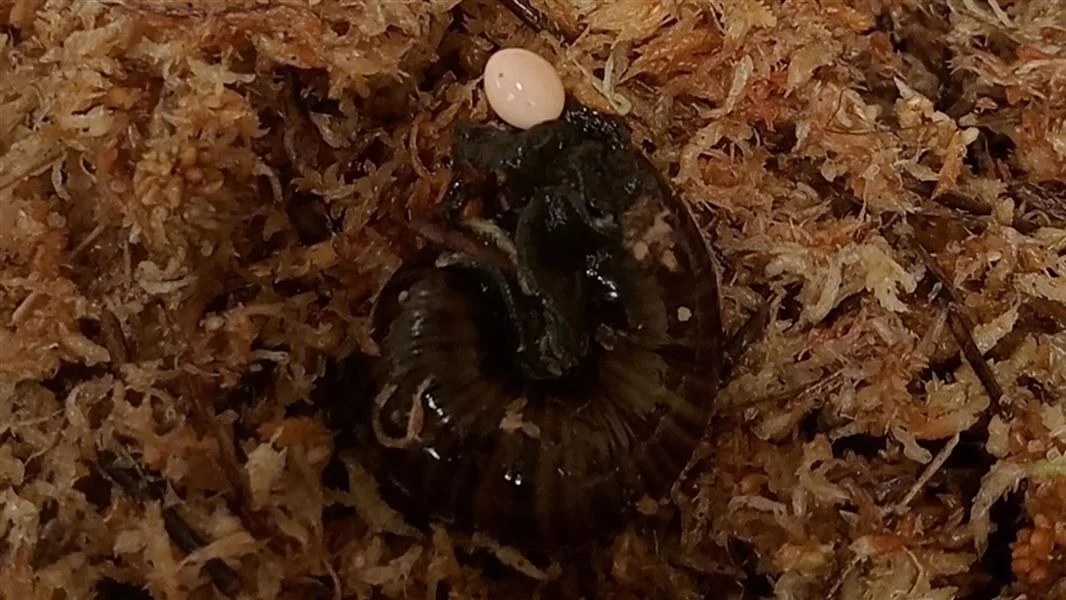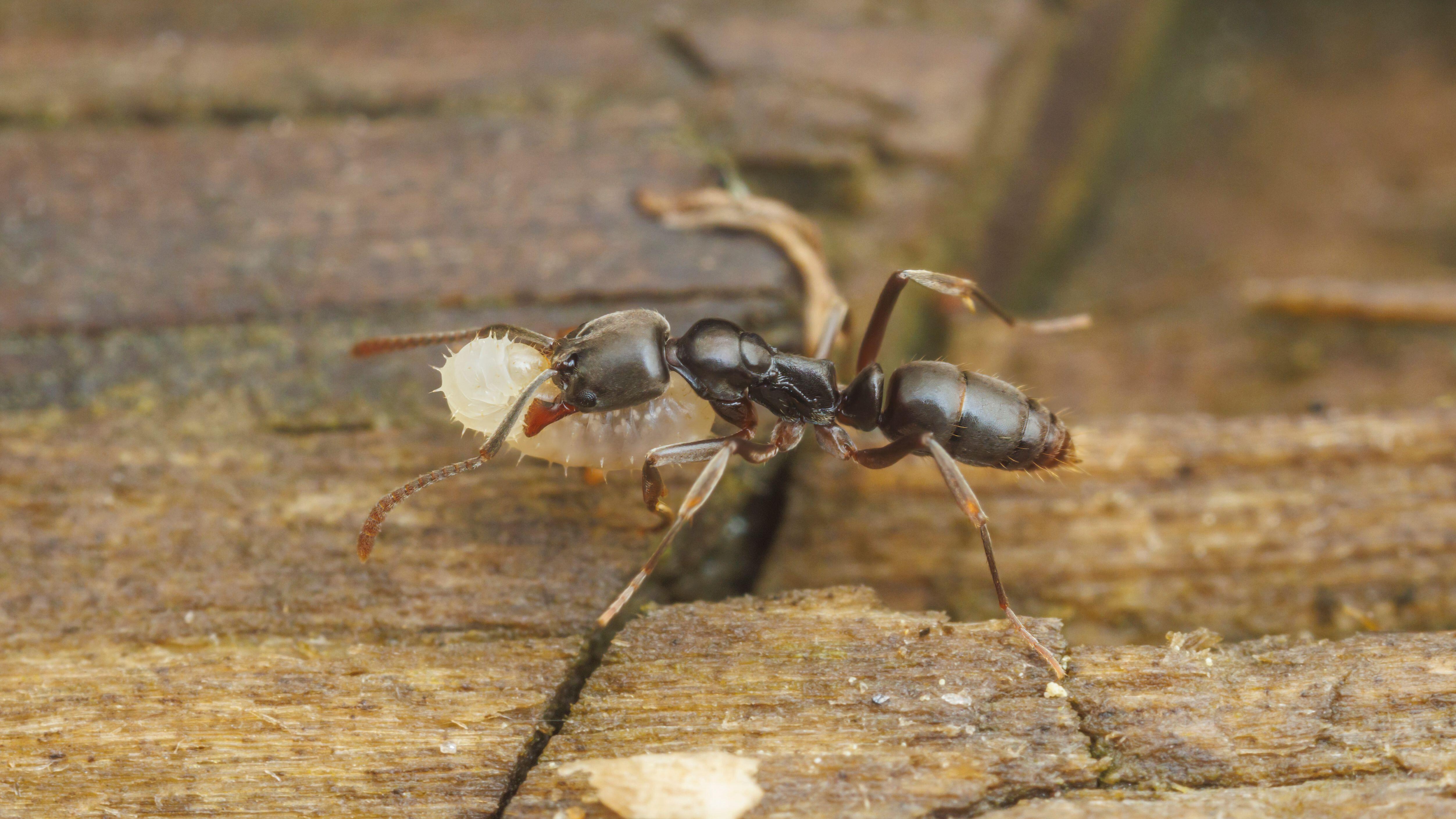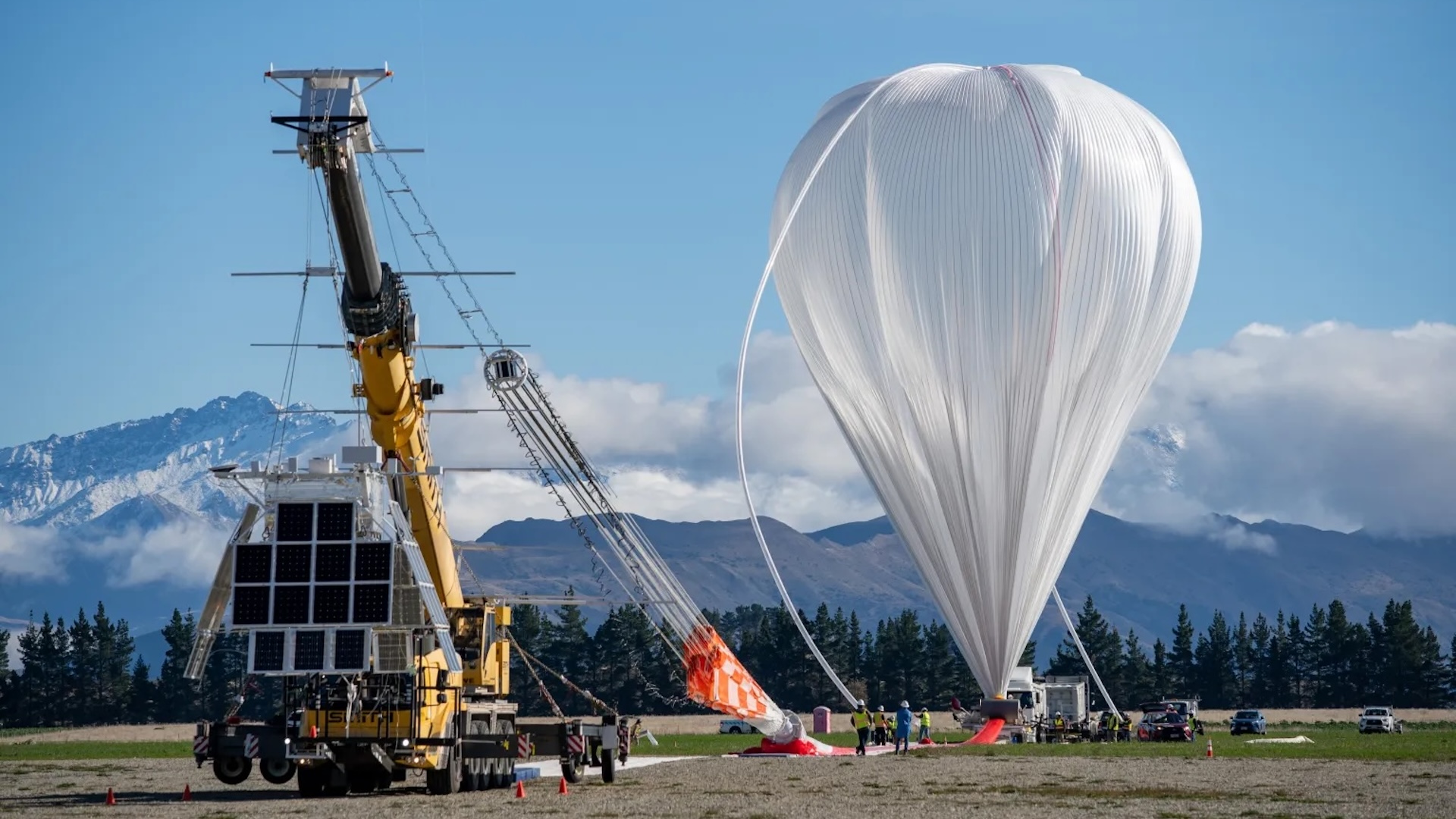Friends Drive Friends to Take Risks
Teenage risk-taking often takes place when a teenager is accompanied by a friend, and psychologists are figuring out why.
Statistics show that teens are five times more likely to be in a car accident when in a group than when driving alone, and they are more likely to commit a crime in a group.
Temple University researchers Drs. Jason Chein and Laurence Steinberg set out to measure brain activity in adolescents, alone and with peers, as they made decisions with inherent risks. Their findings, published in January in the journal Developmental Science, demonstrate that when teens are with friends they are more susceptible to the potential rewards of a risk than they are when they are alone.
"We know that in the real world, teenagers take more risks when with their friends. This is the first study to identify the underlying process," said Steinberg, a developmental psychologist and a leading international expert on teen behavior, decision making and impulse control. "Preventable, risky behaviors — such as binge drinking, cigarette smoking and careless driving — present the greatest threat to the well-being of young people in industrialized societies."
Chein, a cognitive neuroscientist and the lead author of the study, noted, "Our findings may be helpful in developing ways to intervene and reduce adolescent risk taking."
Using functional magnetic resonance imaging (fMRI), Chein and Steinberg looked at brain activity in adolescents, young adults and adults as they made decisions in a simulated driving game.
The goal of the game was to reach the end of a track as quickly as possible in order to maximize a monetary reward. Participants were forced to make a decision about whether to stop at a yellow light when they came to a given intersection or run through the intersection and risk colliding with another vehicle.
Sign up for the Live Science daily newsletter now
Get the world’s most fascinating discoveries delivered straight to your inbox.
Taking the risk to run through the yellow light offered the potential payoff of moving through the intersection more quickly, but also the consequence of a crash, which added a significant delay.
Each participant played the game alone and while being observed by their friends. While adolescents and older participants behaved comparably while playing the game alone, it was only the adolescents who took a greater number of risks when they knew their friends were watching.
More significantly, according to Chein, the brain regions associated with reward showed greater activation when the adolescents knew they were being observed by peers.
"These results suggest that the presence of peers does not impact the evaluation of the risk but rather heightens sensitivity in the brain to the potential upside of a risky decision," he said. "If the presence of friends had been simply a distraction to the participant, then we would have seen an impact on the brain's executive function. But that is not what we have found."
The researchers posit that the presence of friends heightens sensitivity to reward in teens because being with friends is so important at that stage of life.
"We know that when one is rewarded by one thing then other rewards become more salient," said Steinberg. "Because adolescents find socializing so rewarding, we postulate that being with friends primes the reward system and makes teens pay more attention to the potential payoffs of a risky decision."









